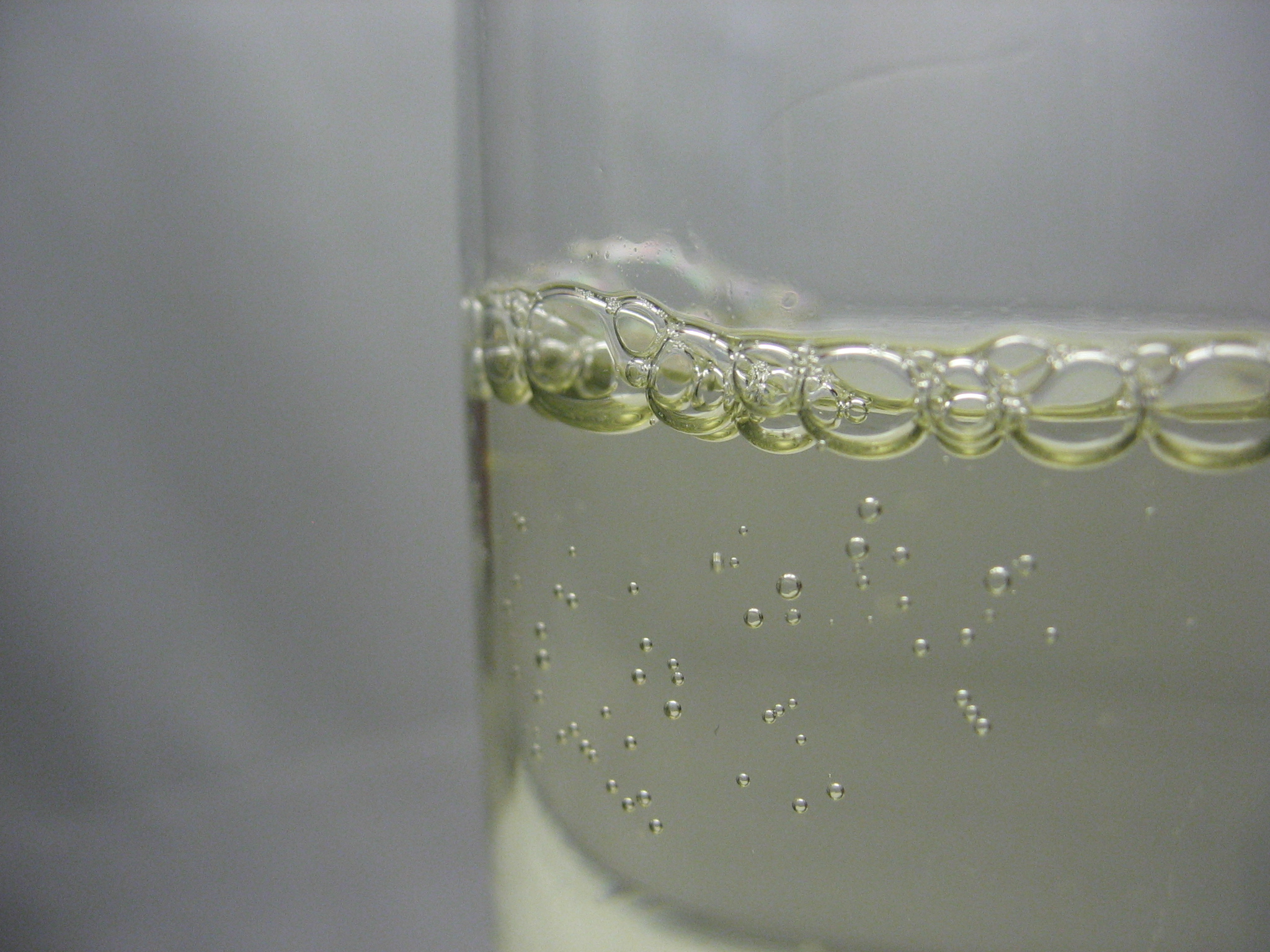It’s like blowing bubbles from the wand you remember, but helium bubbles rapidly shoot for the moon. And then fall back to Earth. Why?
It’s Friday, so let’s lighten the mood and have a little fun, shall we? This would be a fun experiment to do with your kids (safely – do not inhale helium!) or in a science class to test your students knowledge of the properties of helium.
As you see in the video, Darren Tan pumps a container of regular soapy water (store bought bubbles will work too) with regular, balloon-grade helium gas.
Once filled, the helium bubbles release and shoot straight to the ceiling at an incredibly fast speed.
If you watch closely, you will also notice as they fill additional bubbles throughout the video, that the helium bubbles that were up at the ceiling are falling back down to the floor nearly as quickly as they rose.
So, what’s going on here?
From helium bubbles in science class to retail store balloon programs, Zephyr can give you a free helium quote any time!
The helium bubbles are basically acting like your typical latex party balloon. Obviously, we all know that balloons filled with helium float and rise.
The short explanation is that helium is lighter than air. This is the easy explanation, but floating helium balloons actually have a lot to do with buoyancy and displacement, with and the heavier air molecules pushing the lighter helium upward.
But why are the bubbles dropping to the floor like lead weights?
Again we can reference the latex party balloon. You know that after a few days, your leftover helium balloons will be resting on the carpet.
That is because helium molecules are notoriously “leaky.” They will permeate any porous material. Latex, when magnified, reveals itself to be very similar to a bowl of spaghetti, providing thousands of microscopic holes for the helium molecules to escape through.
So, your helium balloons will be shriveled up long before your air-filled balloons ever start to show signs of deflation.
The same thing is happening with the helium bubbles. The flimsy, soapy film of the bubble can only contain the helium molecules for a few seconds.
Once enough helium molecules escape, the bubble quickly becomes much heavier than the air surrounding it. Hence, the helium bubble crashes to the ground.
Sources: Darren Tan/YouTube


